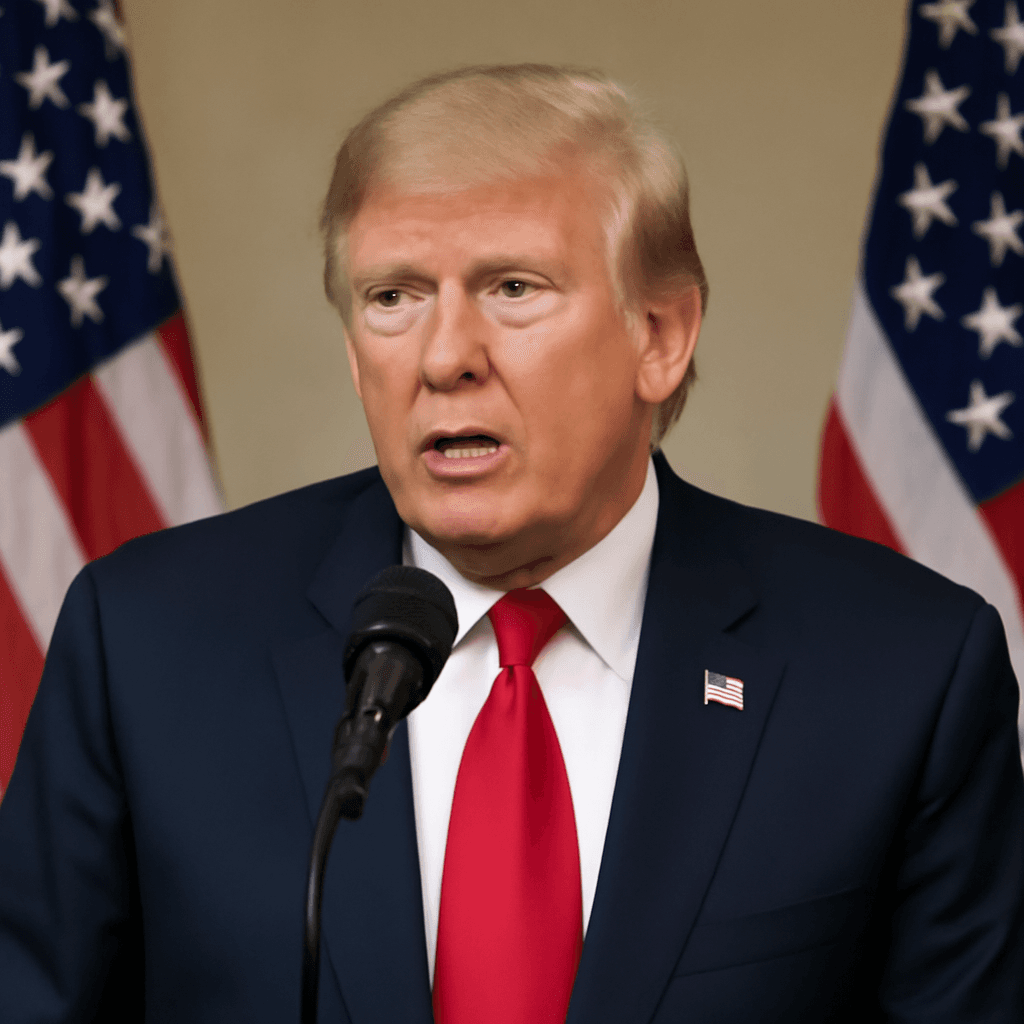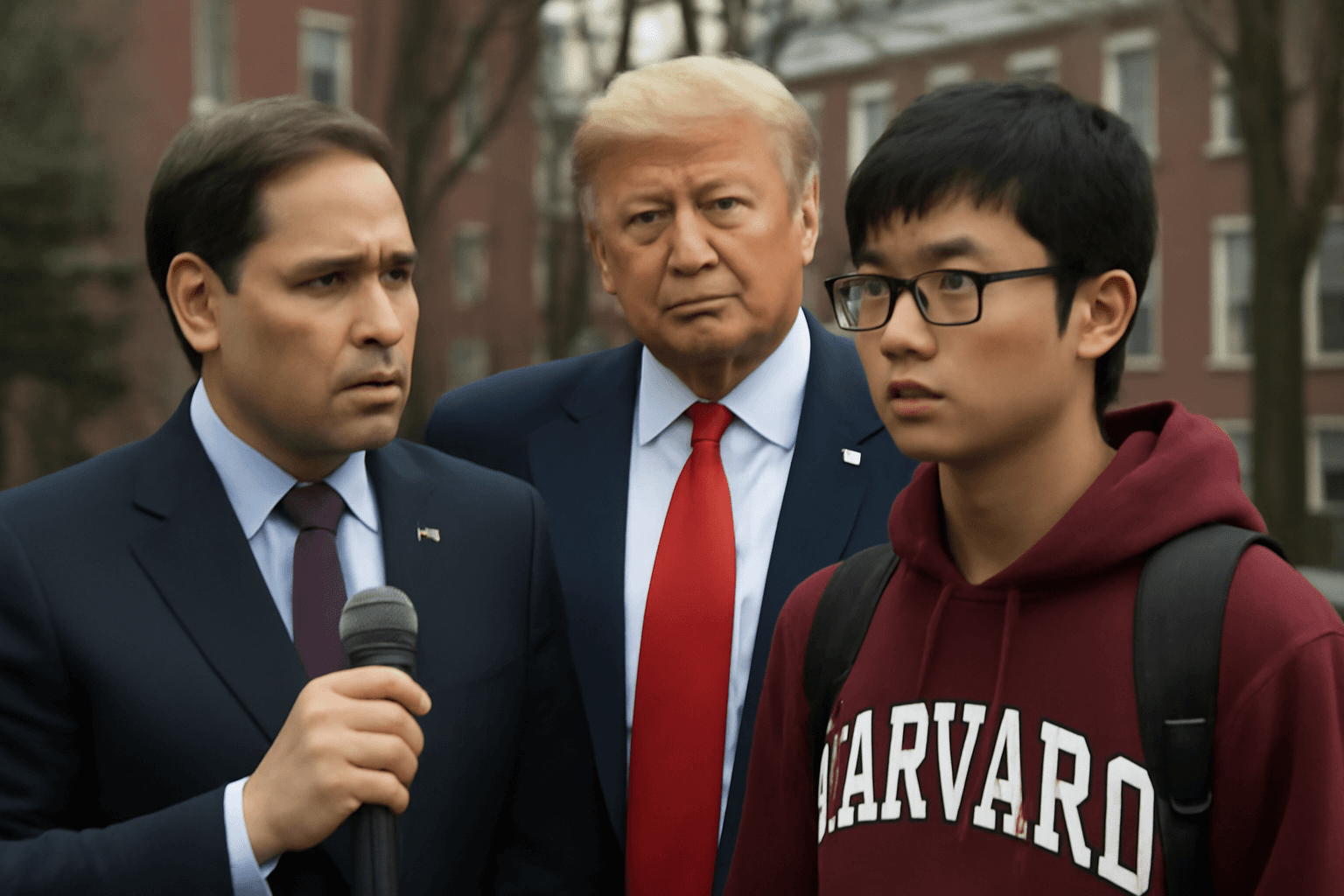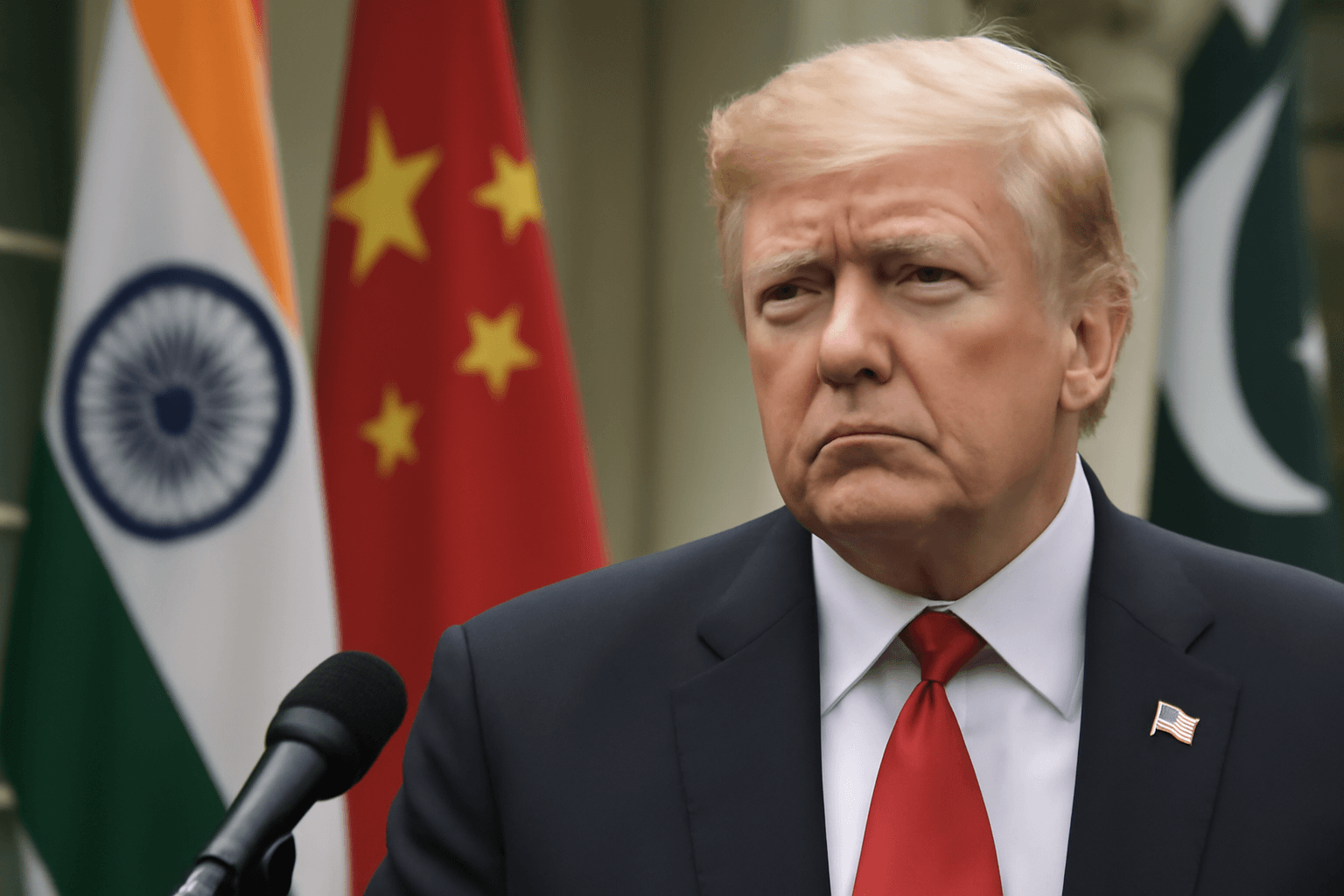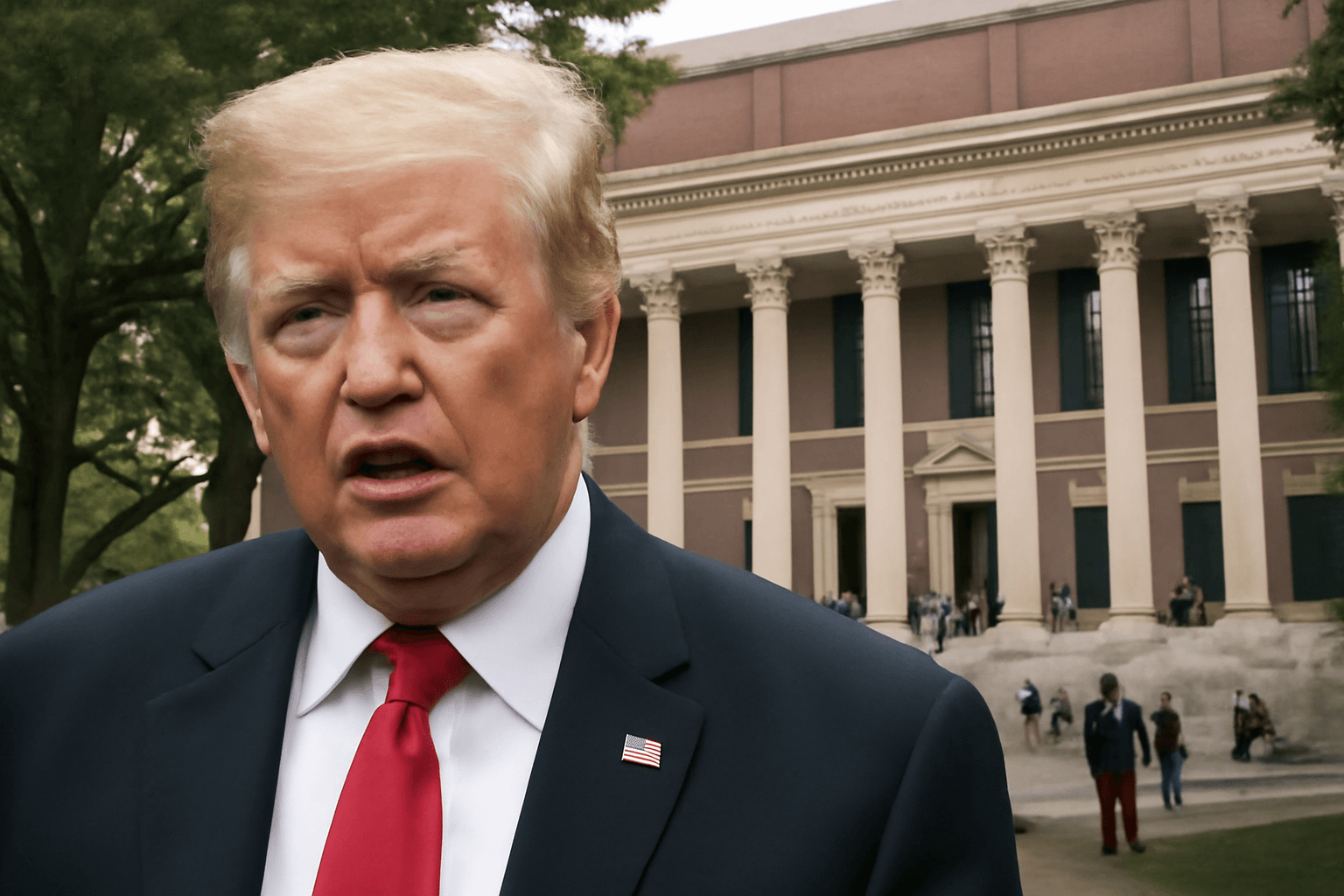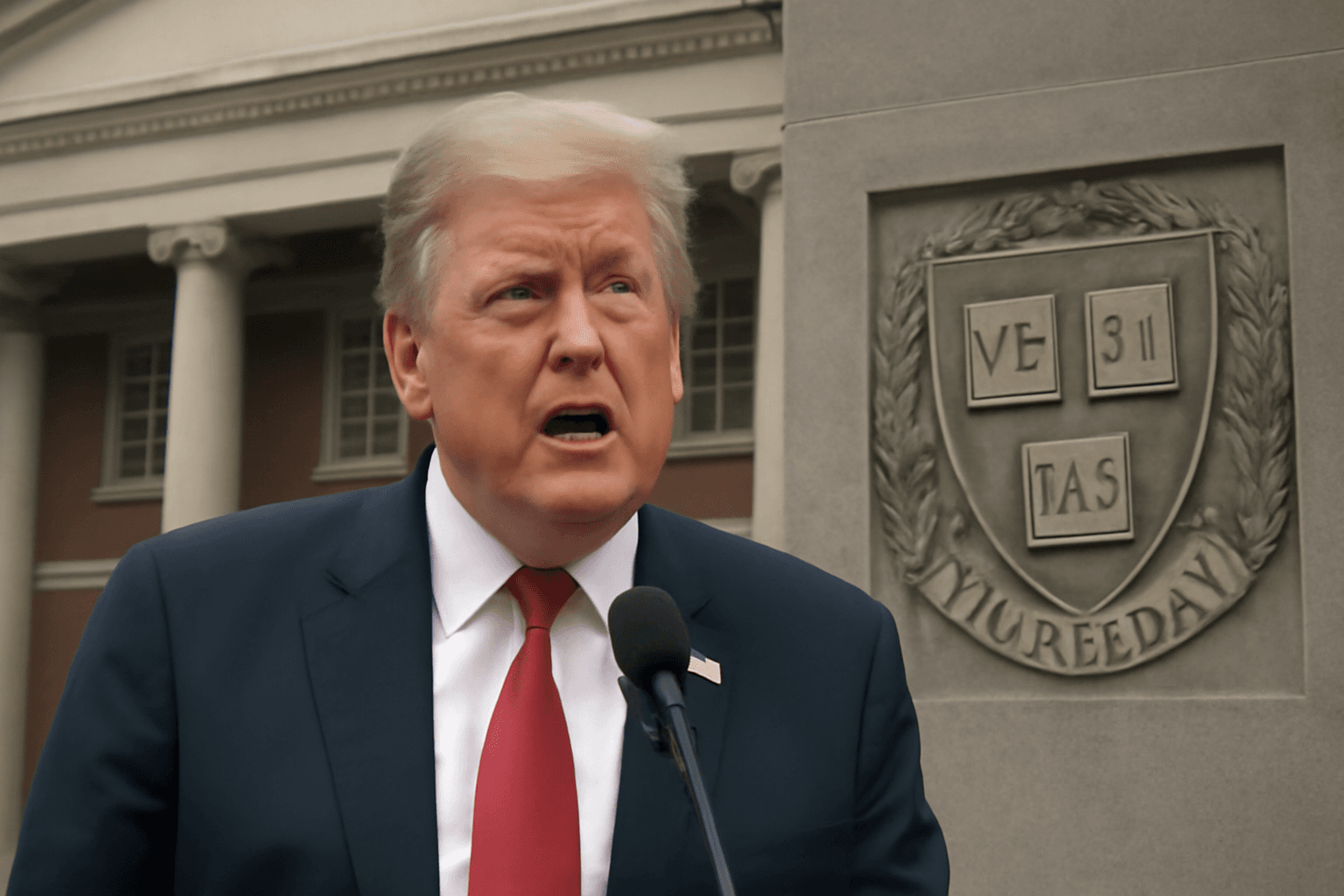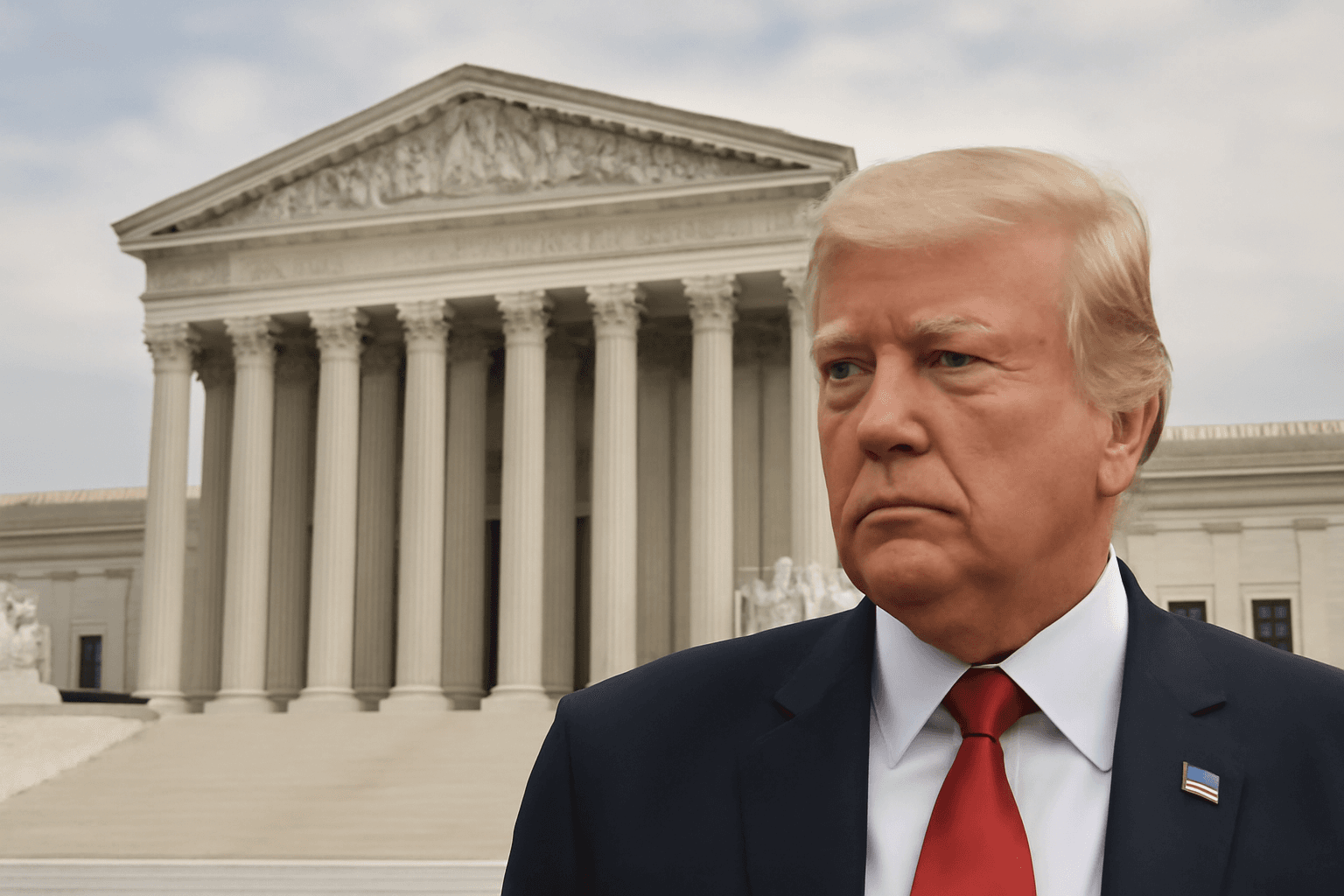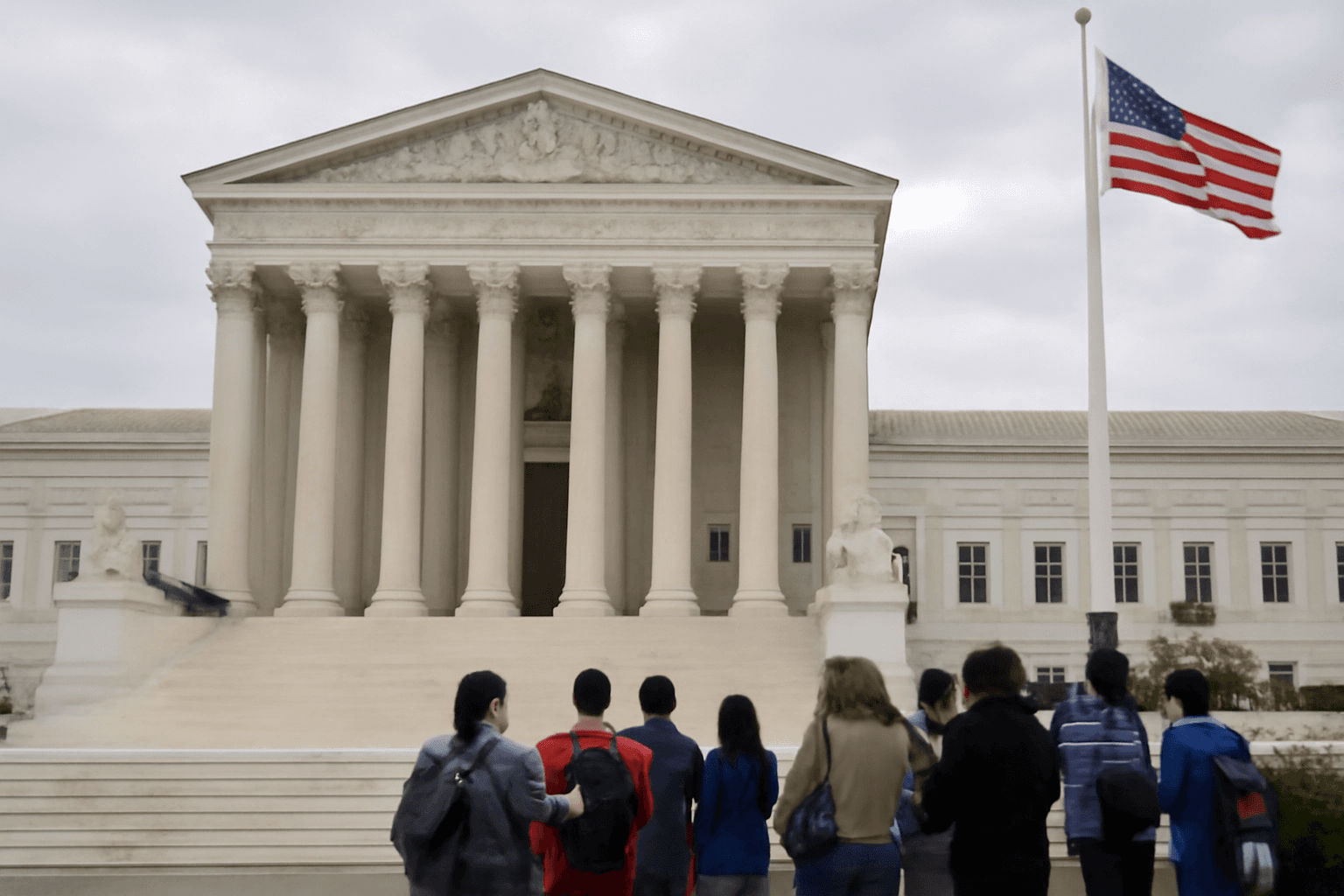Introduction to the New Travel Restrictions
In 2025, President Donald Trump announced a fresh set of travel restrictions affecting citizens from 12 countries, continuing a controversial policy that has been a hallmark of his administration. These measures have sparked debate among lawmakers, immigration advocates, and the public, as they fine-tune previous bans targeting predominantly Muslim nations and other countries designated as security risks.
History and Context of the Travel Ban
Donald Trump's immigration stance was a key element of his 2016 presidential campaign. He pledged stringent controls on non-European immigration, including construction of a border wall with Mexico and a temporary ban on Muslim travelers entering the United States. Upon taking office in 2017, Trump enacted a ban on travel from seven Muslim-majority countries, a move met with widespread protests and legal challenges.
Details of the 2025 Travel Restrictions
The latest restrictions target 12 countries, including some African nations such as Chad, the Republic of Congo, and Equatorial Guinea. These countries are not significant sources of migration to the U.S. and some have closer cooperation with Western governments than others omitted from the list, such as Mali, Niger, and Burkina Faso.
Affected countries also include Burundi, Sierra Leone, Togo in Africa, and Turkmenistan in Central Asia. Criteria cited by the White House for inclusion on the list include terrorism connections, high visa overstay rates, and lack of effective central governance. The ban controversially includes Haiti, despite its longstanding migrant community and its status as a Black-majority nation experiencing ongoing violence and instability.
Motivations and Criticism
The White House justified the ban citing security concerns, particularly pointing to an attack in Boulder, Colorado, by an asylum seeker from Egypt, although Egypt itself was not included on the banned list. Critics argue these restrictions are politically motivated rather than rooted in new security threats. For example, Pakistan, a country often accused of harboring extremists by neighboring India, remains excluded due to intelligence cooperation with the U.S.
Afghanistan was blacklisted because of the Taliban government, although exemptions exist for those who supported the previous western-backed administration. However, funding for these exemption programs has been cut, raising concerns about implementation and humanitarian impact.
Diverse Reactions
- Experts say these bans aim primarily to curb legal immigration, with minimal economic or societal impact on the U.S.
- Some view the move as damaging America’s global reputation as a supporter of freedom and human rights.
- Communities such as Iranian-Americans, who are generally critical of their home government, feel unfairly targeted as national origin does not equate to a security risk.
Conclusion
The new travel restrictions reinforce a pattern of policies perceived as excluding specific groups of foreigners based on nationality rather than individual threat assessments. While presented as security measures, these bans continue to provoke debate over their fairness, effectiveness, and alignment with American values.

